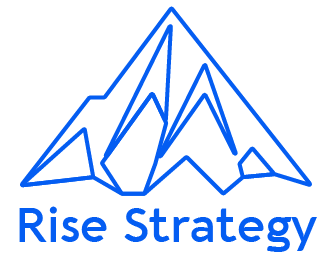The Difference between UX and UI
We are well aware of the discussions among people related to a smooth ‘UI’ of a website or a poor ‘UX’ of a product. Take a look at what these terms mean, which post is better paid and after you know what is UI or UX designer, take a look on how to become one.
The Acronyms Vouchsafed
The people you have overheard are actually debating on the topics which have always remained a theory despite being around for ages. But now the tech industry has defined what UI and UX design actually is.
The two components (UI and UX) are pivotal to a website or a product. UI refers to the User Interface and UX stands for User Experience. Although both of these are professionally related but they are quite dissimilar, alluding to different procedures and design order. The UI design is what we point out as graphic design, where UX is a more systemic and practical sector.
To describe various parts of a digital product, there is an analogy I like to use:
Think of a product as a human body, just like the bones play a role in maintaining the posture of the body, just like that codes maintain the structure of a digital product. The UX design itself is represented by organs; grasping, calculating and computing for holding up life’s performance and function. The UI is the make-up of the body – its show, perception and its response.
Still not getting us? Don’t worry! Stick to your place because you’re not the only one!
The co-creator of Foster.fm, Rahul Varshney says that UX and UI are the most misinterpreted terms used in our society. UI without UX is just like a painter throwing paint onto the canvas randomly, without any idea while UX without UI is like a frame without a paper mache on it. A great painting is formed only when all components are complete similarly a great product experience is achieved when UX is followed by UI. Both are the building blocks and are essential for a product’s positive result.
Below I have broken down each topic to make it easily understandable but if you are in a hurry you can jump to the end of each section for a summarized and simplified elucidation and make sure that you don’t miss the professional statistics below it.
What is User Experience Design?
As found on Wikipedia:
- User experience design (UXD or UXED) is a way to smoothen the usability, ease of use and pleasure while using a product. This helps increasing the interaction between the user and the product and thus satisfying your customers.
Just like all professions, it is impossible to comprehend the process in just a handful of words that is why the things I implied in the commencement had no mention of tech in the definition, no reference of digital and was approximate at best.
A perceptive scientist and the co-founder of Nielsen Norman Group Design Consultancy announces that the term “User Experience” environs every facet of the end-user’s influence on the company.
This infers that irrespective of the medium, the UX design encircles any interaction between the company and active or potential customers. And as a scientific process it can be applied to almost anything, shelving, street lamps or automobiles.
In spite of being a scientific term, its application since foundation has been almost completely within digital fields; one arguable cause for this being that around the term’s innovation, the industry put hands to the plough to blow up. Another reason being that has already subsisted for hundreds of years known as “Market Research”; which is a fancy way or rewording practice.
Though the market research does use many agreeing approach to achieve an end goal same as that of UX: The form, examination and the optimization of the users’ experience with company and its products respectively. But here let me make it very clear to you that User Experience should not be mixed with some market research job.
It is hard to imagine what User Experience Designers actually do if you have never seen User Experience work in practice. I will use the course that we have established at Career Foundry, which actually linchpins on the process of the User Experience.
As formulated by our course here is a example of UX Designer’s duty. Although it is earmarked at development of digital products, but the idea and the procedure can be applied to anything:
Scheme and Content:
- Product Structure/Strategy
- Participant Survey or Scanning
- Consumer’s Analysis
- Content Buildout
Prototyping and Wireframing:
- Development Organization
- Prototyping
- Wireframing
- Testing/Iteration
Analytics and Implementation
- Coordination with UI Designer(s)
- Coordination with Developer(s)
- Analysis and Iteration
- Documenting Objectives and Incorporation
The walk-on part of UX is compounded, demanding and multi-featured because of part project manager, part designer and part marketer elements are incorporated in it. You must have seen that the iteration and the testing of the product, as linked with perusal is breathed out twice, but in reality you would include it in every other module in the catalogue. At long last the objective is to associate business aims to users’ requirements through a procedure of experimenting and crowning up so that both relationships are satisfied.
